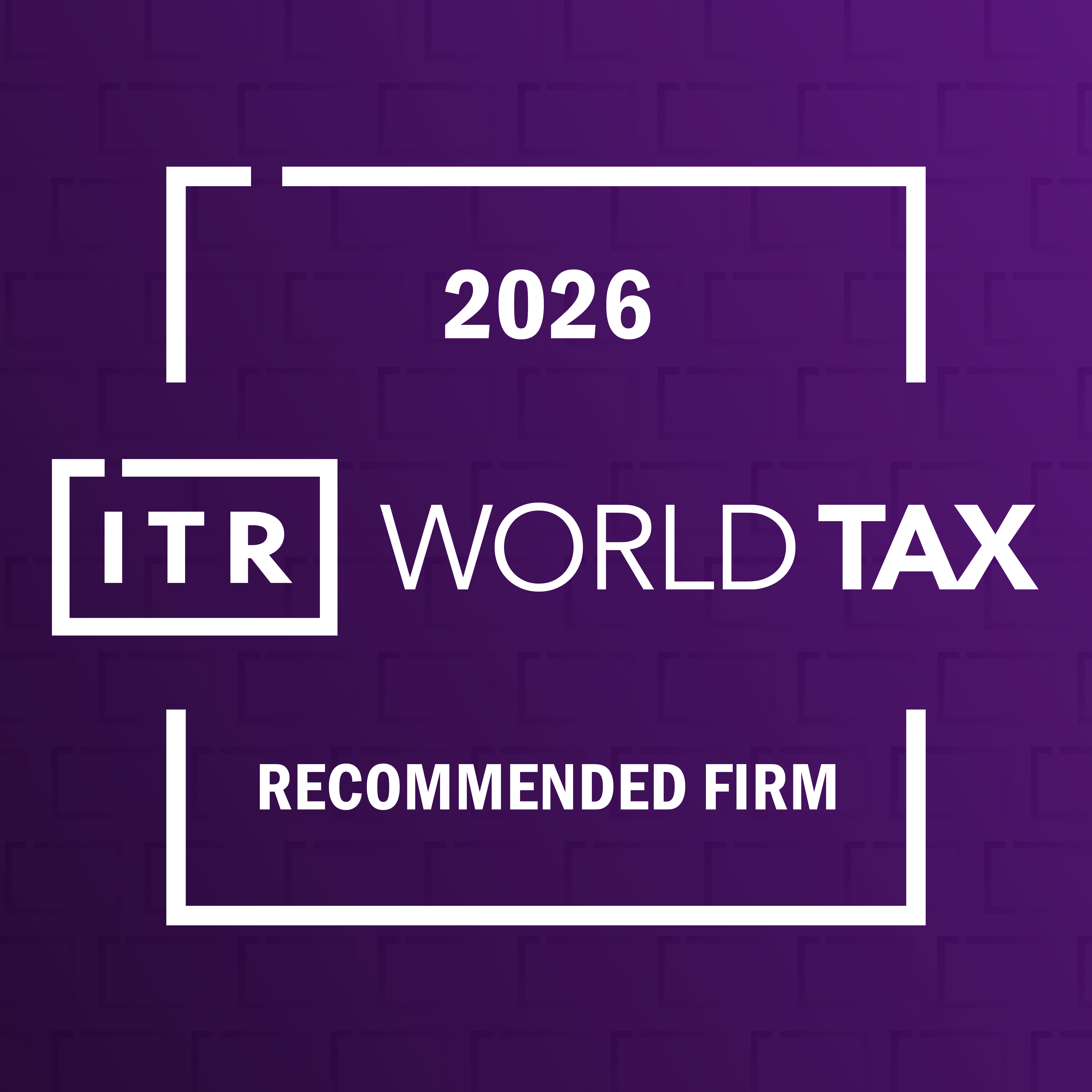Global Minimum Tax Insights

MUC Professionals Share Insights on GMT and APA in UPN Veteran Yogyakarta Practitioner Lecture
Services
Comprehensive Global Minimum Tax Training
In-depth and structured training programs for your internal team, designed to build a strong understanding of the GloBE rules, its mechanisms (IIR, UTPR, DMTT), and implications for your business.
Global Minimum Tax Risk Analysis and Provisioning
Global Minimum Tax Safe Harbour Provision Analysis Report
Effective Tax Rate (ETR) Calculation
Global Minimum Tax Reporting & Compliance
Impact Assessment of Global Minimum Tax Implementation
Experts


Tax Advisory Services





